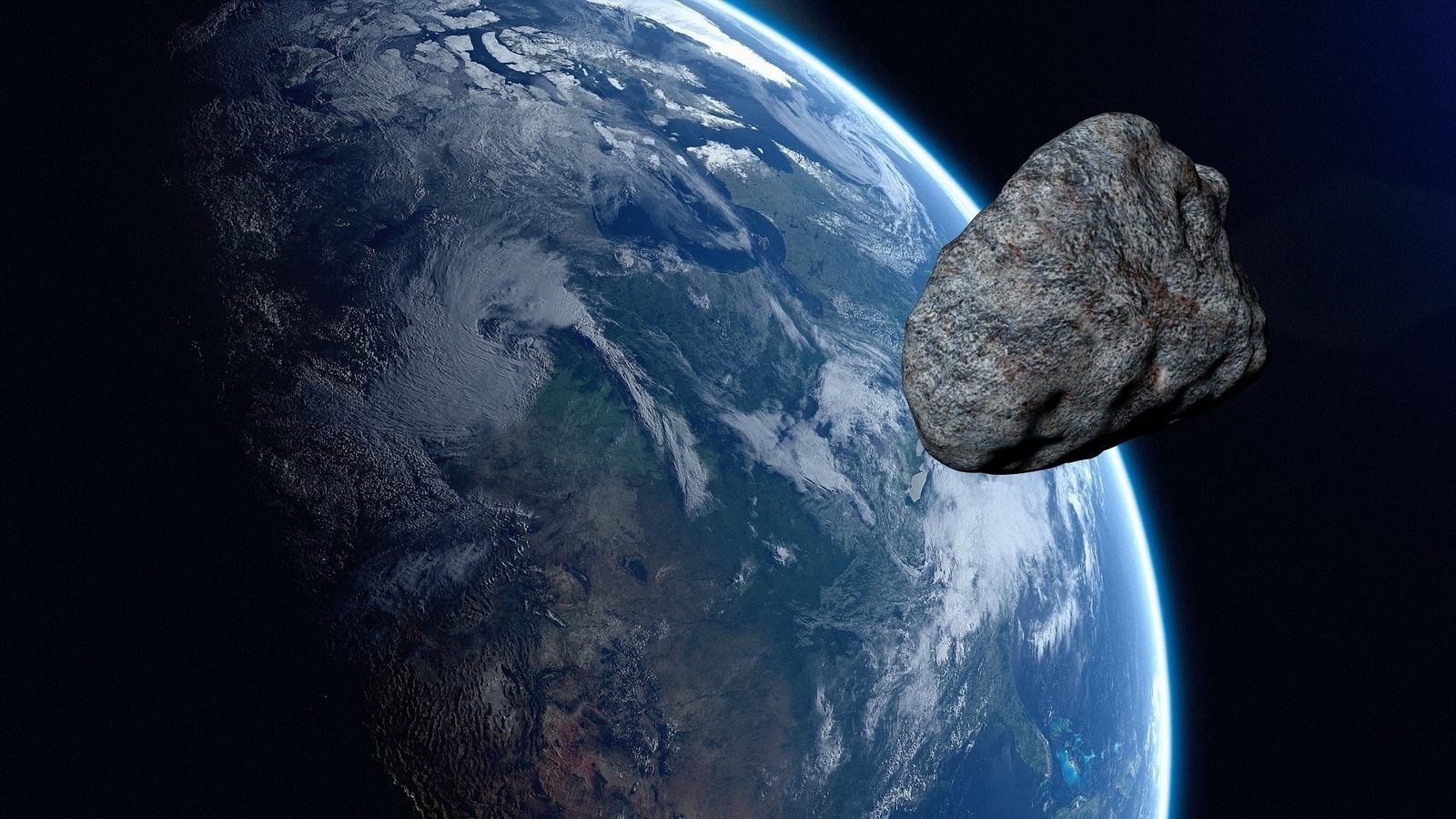A 180-foot asteroid is hurtling towards Earth today. NASA warned about the potential danger from this massive space rock.
It was such a busy and scary day. As many as four massive asteroids were set for a close encounter with the Earth! One of these is massive 180-foot asteroid. NASA has confirmed that this potentially hazardous asteroid is all set to make its closest approach to Earth today. This asteroid dubbed 2022 SK48 will come as close as 6.79 million kilometres or 4.2 million miles to the Earth.
These monster rocks in space travel around the Sun, but they can change their paths due to the gravitational force of planets and sometimes even collide with them as happened with the asteroid that caused the extinction of dinosaurs when it crashed into the Earth! However, it may happen only in rare cases. Result? Everyone knows how the era of dinosaurs ended.
But does every asteroid pose danger to Earth? Definitely not! So, how does NASA track these asteroids on a daily basis, and how do they determine if these asteroids pose any danger to Earth or not? Know here.
Will the upcoming asteroids pose any danger to Earth?
To know the potential threat from an asteroid or near-Earth object, NASA keeps a close eye on all such objects such as asteroids and comets. The Asteroid Watch dashboard of NASA displays the next five Earth approaches to within 4.6 million miles or 7.5 million kilometers to Earth, which is termed as a potentially hazardous object. And as this specific asteroid does come within the set range of proximity and as such it is termed as a “potentially hazardous asteroid.”
How NASA tracks these asteroids
It is way too difficult to track all these potentially hazardous asteroids on a daily basis without proper techniques. Hence, NASA determines the size, shape, rotation, and physical composition of these asteroids while using optical and radio telescopes. Apart from this, the radio telescopes at NASA’s Deep Space Network and the National Science Foundation’s Arecibo Observatory in Puerto Rico, take detailed characterization data of the asteroids.
-Travo News
for More
Like and Subscribe


